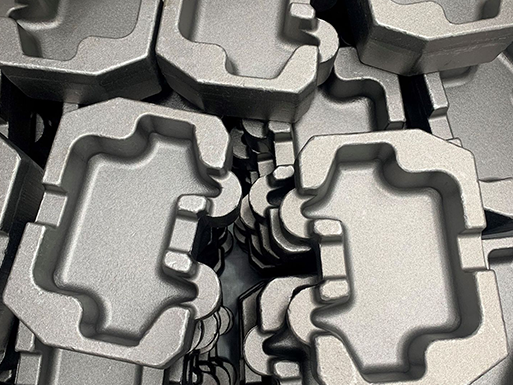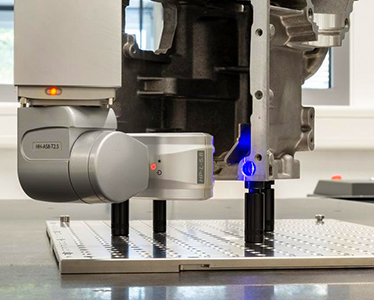Summary of Materials Used in Forging
2023-07-08
Materials used in forging are mainly carbon steel and alloy steel of various components, followed by aluminium, magnesium, copper, titanium and their alloys. The original states of materials are bar, ingot, metal powder and liquid metal. The ratio of the cross-sectional area of metal before deformation to that after deformation is called forging ratio.
The correct choice of forging ratio, reasonable heating temperature and holding time, reasonable initial forging temperature and final forging temperature, reasonable deformation amount and deformation speed are very important to improve product quality and reduce cost. By the way, Maple machinery can be done very well..
Generally, round or square materials used in forging are used as blanks. The grain structure and mechanical properties of the bar are uniform, good, the shape and size are accurate, the surface quality is good, and it is convenient for mass production. As long as the heating temperature and deformation conditions are properly controlled, the forgings with excellent properties can be forged without large forging deformation.
Ingots are only used for large forgings. The ingot is the a-cast structure with large columnar crystal and loose centre. Therefore, it is necessary to break the columnar grains into fine grains through large plastic deformation and compact them loosely to obtain excellent metal structure and mechanical properties.
The powder forging can be made from the powder metallurgy preform formed by pressing and burning, and by die forging without flash in hot metal forging state. Forging powder is close to the density of general die forgings, has good mechanical properties, and has high precision, which can reduce the subsequent machining. The internal structure of powder forging is uniform without segregation, which can be used to manufacture small gear and other workpieces. However, the price of powder is much higher than that of a bar, and its application in production is limited. By applying static pressure to the liquid metal poured in the die cavity, and making it solidified, crystallized, flowed, plastically deformed and shaped under the pressure, the die forgings with required shape and performance can be obtained. Liquid metal dies forging is a forming method between die casting and die forging, which is especially suitable for complex thin-walled parts difficult to be formed by general die forging.
























































